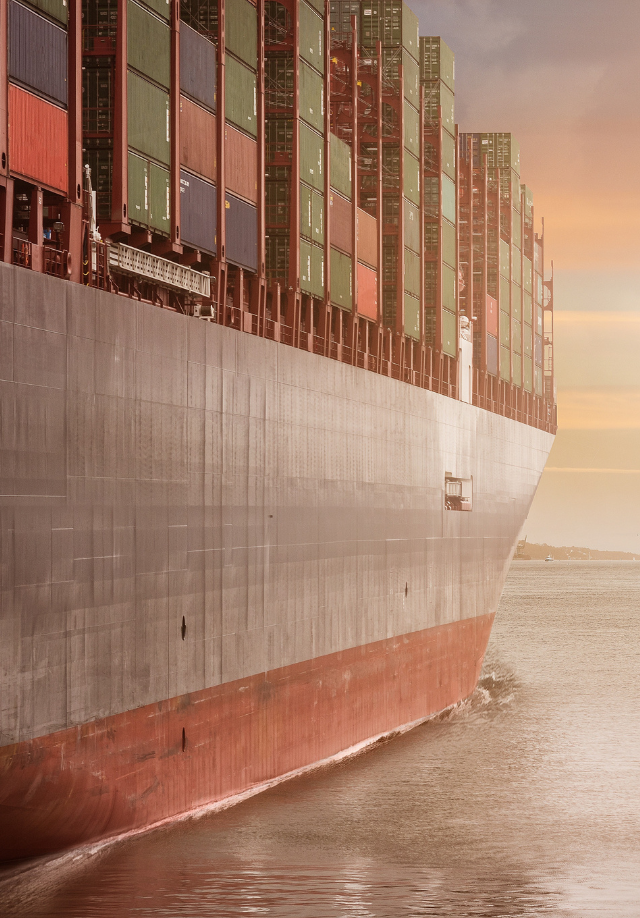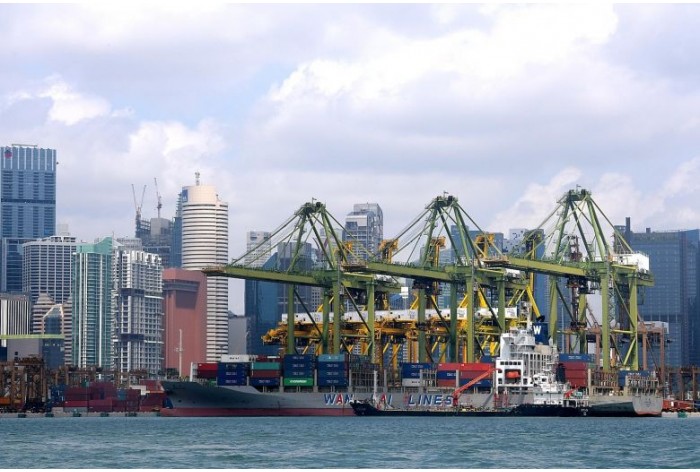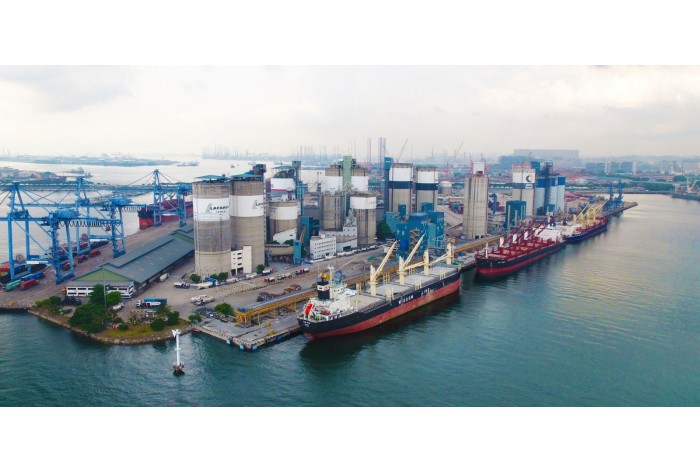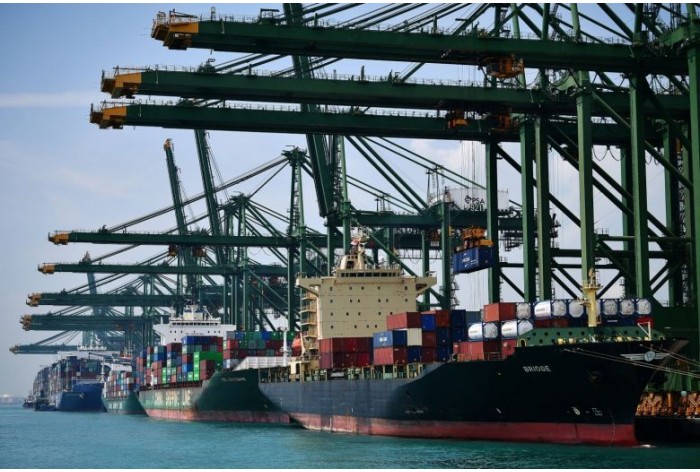The Impact of the Covid-19 Pandemic on Shipping
The Covid-19 pandemic still rages unabated in April 2020, affecting lives, businesses, individuals and industries in ways that will change the world forever. The International Labor Organization predicts that as many as 25 million jobs worldwide could be wiped out by a worldwide recession brought about by the pandemic.
In many countries, governments imposed “lockdown” to restrict the movements of its citizens and to control the rapid spread of the pandemic. The lockdown was implemented throughout the countries in Southeast Asia in stages:
a) Malaysia: The Malaysia government announced a national lockdown on March 18 by issuing the Movement of Control Order (Restricted Movement). The period of the lockdown was initially until March 31, but it has been extended to April 14. Specific exceptions have been given to transportation and some other essential service sectors.
b) Indonesia: The Indonesian government on March 15 formed the National Disaster Management Agency (BPNP) and declared National Disaster – Non-Natural situation until May 29. It has requested all citizen to work, study and pray from home.
c) Singapore: On April 3, Singapore announced ‘circuit breaking’ measures, a euphemism for lockdown. Earlier measures included trade and border control measures: the Maritime and Port Authority of Singapore implemented temperature screenings at all sea checkpoints, including ferry and cruise terminals, PSA terminals and Jurong Port for inbound travelers. It has also taken additional precautionary measures such as prohibiting shore leave for personnel in Chinese ports, mandatory temperature checks, keeping a log of crew movements and restricting staff travel to China, among others.
d) Thailand: Thailand’s lockdown operates until April 30.
e) Philippines: President Rodrigo Duterte’s lockdown came five weeks after the first case was discovered, and a declaration of a State of Emergency on March 25 gave him extraordinary powers.
Cruise Industry
As the pandemic raged worldwide, the plight of the passengers and crew on board cruise ships and the cruise industry came into stark focus.
Cruise ships - with large numbers of passengers and crew and an emphasis on communal dining and group activities - became incubators of the Covid-19 virus, and infections on ships like the Diamond Princess have been described as floating nightmares
The Diamond Princess, operated by Princess Cruise Lines, departed from Yokohama on February 4 for a round trip cruise. On January 20, an 80-year-old passenger from Hong Kong embarked in Yokohama, and he disembarked in Hong Kong on January 25. On February 1, six days after leaving the ship, he visited a Hong Kong hospital, where he tested positive for Covid-19.
The ship was due to depart Yokohama for its next cruise on February 4, but it announced a delay the same day to allow Japanese authorities to screen and test passengers and crew still on board. On February 4, the authorities announced positive test results for SARS-CoV-2 for ten people on board, the cancellation of the cruise, and that the ship was entering quarantine. By late March, about 712 of 3,711 people on the Diamond Princess (19 percent) had been infected by Covid-19.
Beginning March 15, Australia banned cruise ships arriving from foreign ports. However, exemptions were granted to allow four ships that were already en route to Australia to dock and disembark their passengers. On March 19, the Ruby Princess - one of the four ships given an exemption - docked in Sydney after a cruise to New Zealand. The cruise ship was forced to return to Sydney early after a passenger reported a respiratory problem, but when disembarking, passengers were not told that anyone on board presented any symptoms during the voyage.
Many countries in Southeast Asia banned cruise ships from disembarking their passengers for fear of importing the virus through infected passengers and crew. Cruise ships are often registered under flags of convenience, e.g. Panama, the Bahamas and other countries chosen for their low wages, cheap fees and lenient health and safety regulations - and, more often than not, their non-existent tax regimes.
At the time of writing there are still cruise ships with passengers and crew infected by Covid-19 seeking safe harbor. These ships often have difficulty finding countries and ports willing to receive them and allow them to disembark passengers. Each country can set conditions for entry into its ports and many have denied entry to these ships seeking safe harbor.
These incidents involving cruise ships pose the question whether the cruise industry can survive or recover from the effects of the pandemic.
Port Congestion
Many countries have responded to the pandemic by imposing lockdown or restricting movement. Some retailers and manufacturers fail to pick up their cargo and containers because their warehouses are full or closed. Some ports remain open but have reduced workforce, which exacerbates the cargo congestion. This causes disruption of the supply chain, including movement of essential goods and foodstuffs. The cargo lying uncollected at ports creates congestion and takes up space, reducing capacity for incoming cargo and containers.
Some ports have taken the precaution to declare ‘force majeure’ to pre-empt claims and legal liability. The closure of ports and port congestion have caused disruptions in the supply chain and import and exports.
Supply Chains
The pandemic has exposed the fragility of the global supply chains and brought into acute focus the shortages of critical medical components needed in the fight against the pandemic.
Wuhan and China in general were important manufacturing bases for manufacturing of key components for companies like Apple. The pandemic lockdown and measures taken stopped manufacturing of crucial component items and disruption of supply chain. When the manufacturing
Countries ravaged by the pandemic find it hard to provide adequate medical care due to shortages of critical medical equipment such as ventilators, protective masks and other gear. In the U.S., the shortage has multiple causes, including problems with the global supply chain. Before the pandemic, for instance, China produced approximately half the world’s face masks. As the infection spread across China, their exports came to a halt. Now, as the infection spreads globally and transmission in China slows, China is shipping masks to other countries as part of goodwill packages. The United States has not been a major recipient.
Crew
The Philippines, China, India and Indonesia are among the biggest suppliers of crew members. According to one report, the pandemic has caused some 40,000 Indian crew serving on merchant and cruise ships to be stranded worldwide.
Airline and port restrictions in most of these countries have made it nearly impossible for crew members to get home if the governments do not make special arrangements. Even if a ship reaches an open port, the crew members may still be out of luck because most international air traffic is grounded.
The safe repatriation of the crew from the vessels will require the joint efforts of the governmental agencies, the crew manning agency and the owners.
Insurance
Insurance implications arise from the disruption of shipping and logistics due to the pandemic. Cargo owners, importers, risk managers and insurers need to monitor closely: (a) Accumulation of Cargo; (b) Delay; (c) Delay Clause; (d) Demurrage Charges; (e) Deviation; (f) Force Majeure; and (g) Interruptions in Transit.
The insurance implications of the disruption include:
a) Cargo and stock throughput – limited workforce availability will reduce capacity to distribute and handle goods. Cargo is also envisaged to be held for a longer duration at ports and for storage locations to see a volume increase whilst stocks await their next destination.
b) These areas raise the limitations of cover of the normal marine cover:
Delay – although many will want to keep their cargo moving, delay during the ordinary course of transit or while the goods are in storage could soon be inevitable. Most cargo and stock throughput policies exclude loss or damage solely caused by delay.
Additional costs/charges –hold-ups or re-routing goods to an alternative destination due to government prohibition will incur an additional cost. Although these costs are usually sub-limited, the additional forwarding costs clause (or similar) will provide extra financial support should you experience added expenses.
Vulnerable goods – perishable items such as pharmaceutical products and produce operate on a stringent and well-monitored time schedule. The normal cover for marine insurance does not cater to the characteristics of these cargoes due to exclusions for inherent vice and delay. Both will operate when ports are congested and cargo clearance is delayed in the current outbreak.
Legal Disputes
The disruption caused by the pandemic has legal effects.
The cargo owner who charters vessels to ports to load or to discharge cargo is required to nominate a “safe port” - i.e. a port which the vessel can safely call at, conduct cargo operations and safely leave. When the intended port is closed, the cargo owner / charterer would be obliged to nominate an alternative port. This is often not possible as there will not be any alternative destination the cargo can be discharged at.
If the cargo is non-essential cargo, it cannot be moved to the ports during a national lockdown. This may result in the vessel arriving at the port and finding no cargo to be shipped, causing incurring of costly demurrage.
Before the vessel can take on cargo, it must be cleared by the health authorities of the port, a process known as obtaining “free pratique.” In the pandemic-affected countries the process of vetting the crew may take time, and this delay will fall on the shipowner rather than on the charterer.
The effects of the pandemic may possibly be covered in the force majeure clauses in some contracts, but these are not uniform and will not be always be available. The disruptive effects of the pandemic will cause losses and the result in the most part will be to determine who will bear or share these losses.
While these legal issues and disputes do not immediately arise, they will certainly surface once countries recover from the immediate effects of the pandemic.
Philip Teoh is a practicing lawyer and partner, and he is the head of the Insurance, Shipping, International Trade and Arbitration Practice at Azmi & Associates Malaysia. He has been in legal practice in Singapore and Malaysia for over 30 years and is an international arbitrator with several international arbitration centers of AIAC, ICC, SCMA, LMAA, KCAB, AABD, Brunei, CAAI Taiwan, LCIA. ..































































